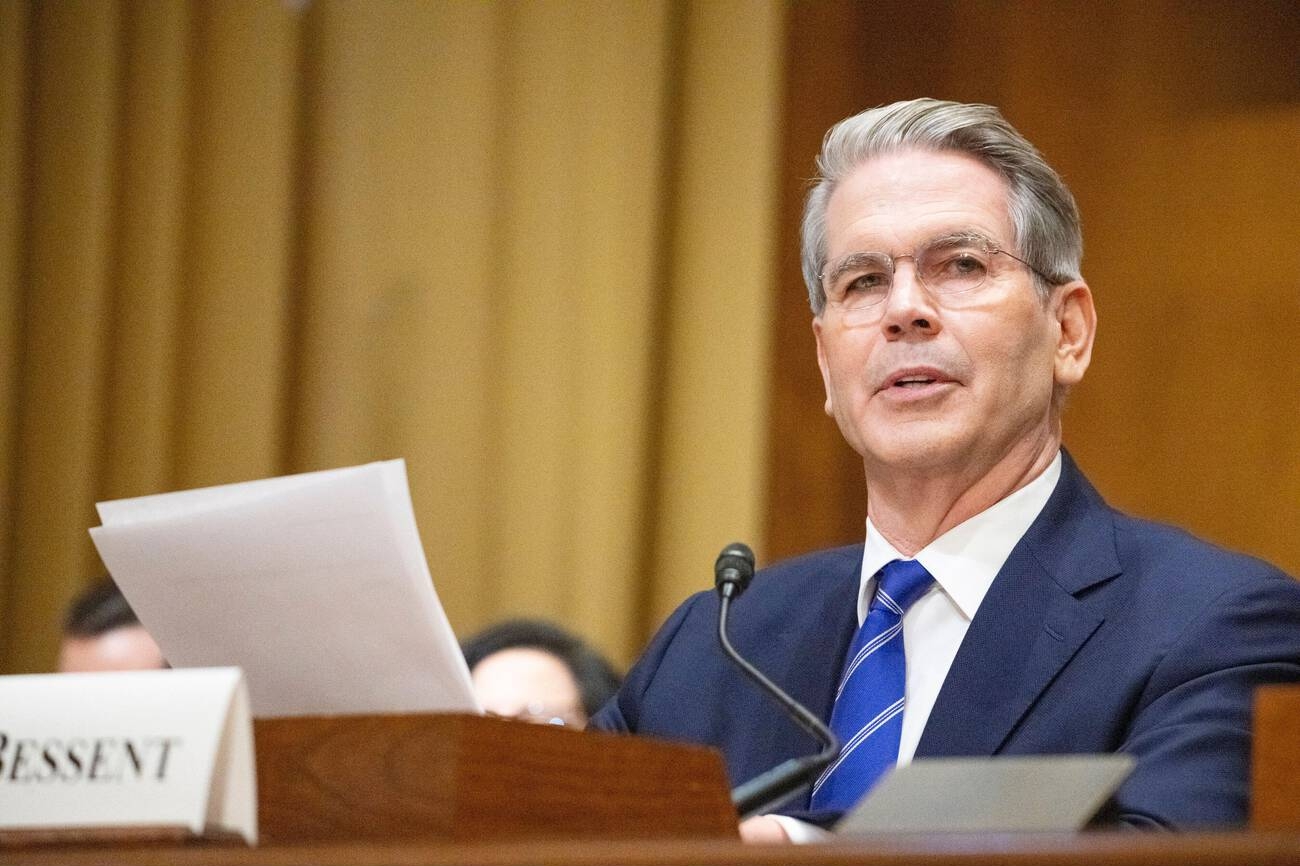By Tom Barton, The Gazette, Cedar Rapids, Iowa (TNS)
Farmers and renewable fuel producers—including ADM in Cedar Rapids—see an opportunity in sustainable aviation fuel to take Iowa’s economy to new heights.
New federal guidelines issued by the U.S. Treasury Department for tax breaks aimed at promoting production of cleaner jet fuel—made from ethanol and biofuels made from soybean oil—could provide a substantial opportunity for farmers and renewable fuel producers, according to industry leaders.
Sustainable jet fuel has been around for years, but only accounts for a fraction of all jet fuel. It costs more than twice as much as traditional jet fuel. It is produced by converting non-petroleum feedstocks, such as corn, vegetable oils, waste oils or fats, into a drop-in replacement crude oil.
Federal tax breaks aim to lower the price enough for companies to invest in the fuels to boost production to curb emissions from commercial airplanes and meet climate targets.
Administration officials said commercial aviation—mostly passenger and cargo airlines—accounts for 10 percent of all fuel consumed by transportation and 2 percent of U.S. carbon emissions.
The airline sector is considered one of the most difficult to decarbonize as fuel for flights cannot be easily replaced with other kinds of power.
The Treasury Department guidelines would clear the way for tax credits for corn-based ethanol if producers follow “climate-smart agriculture practices,” including using certain fertilizers and farming methods.
The announcement was praised by the ethanol industry but received a cooler reaction from environmentalists.
To qualify, sustainable aviation fuel, or SAF, must cut greenhouse-gas emissions by at least half compared to conventional jet fuel made from oil. Congress approved the credits—from $1.25 to $1.75 per gallon—as part of the Inflation Reduction Act, President Joe Biden’s 2022 climate and health care bill.
Tax credit details
The Iowa Renewable Fuels Association, a trade group for the ethanol industry, said the Treasury guidelines “are landmark achievements that crack the door open for farmers to be rewarded for climate smart agriculture practices.”
“Having said that, (the) announcement also makes clear that a great deal of work remains to transition 40B to the new 45Z tax credit in 2025,” the association’s Executive Director Monte Shaw said.
The trade group said it’s disappointed that producers will have to follow certain agricultural practices to claim the tax credit.
For corn ethanol-to-jet, producers could claim a greenhouse gas reduction credit if a “bundle” of certain practices—no-till, cover crop, and enhanced efficiency fertilizer—are used. It similarly would allow a greenhouse gas reduction credit for soybean-to-jet if the soybean feedstock is produced using a “bundle” of applicable practices—no-till and cover crop.
To credit practices in the Clean Fuel Production Credit (45Z), which becomes available in 2025, the agencies will do further work on modeling, data and assumptions, as well as verification. A new 45Z-GREET will be developed for use with the 45Z tax credit.
Shaw said the approved bundle of farm practices won’t work for many Iowa farmers.
“Given the range of climates and soil types, farmers do not want one-size-fits-all bundles mandated from D.C.,” he said.
Moving forward, he said the association will urge the Treasury Department to recognize additional farming practices on an individual basis and continue to work to ensure farmers get full credit for carbon reduction practices.
“That is the only way to maximize farmer participation and, thereby, carbon benefits,” Shaw said.
Cleaner fuels
Skeptics worry that a large share of the tax credits will go to ethanol and other biofuels instead of to emerging cleaner fuels.
“The science matters, and we are concerned this decision may have missed the mark, but we are carefully reviewing the details before reaching any final conclusions,” Mark Brownstein, a senior vice president for the Environmental Defense Fund, said in a statement.
“The bottom line is that to decarbonize aviation, U.S. airlines need a volume of alternative fuels that sustainable biomass alone cannot meet,” Brownstein said.
His organization, he said, “will continue to urge policymakers to focus future IRA tax subsidies on scaling next generation aviation fuels essential to reducing climate pollution and creating a competitive advantage for innovative U.S. alternative fuel suppliers.”
The new guidelines include an updated model that provides another methodology for sustainable aviation fuel producers to determine the life cycle of greenhouse gas emissions rates of their production for the purposes of claiming the credit.
The modified version includes updated modeling of key feedstocks and processes used in aviation fuel and indirect emissions. It also integrates greenhouse gas emission reduction strategies such as carbon capture and storage, renewable natural gas and renewable electricity.
What does Iowa have to gain?
Major airlines have invested in sustainable aviation fuel, and while its use has grown rapidly in the last few years, it accounts for less than 0.1 percent of all the fuel burned by major U.S. airlines.
Currently, the aviation industry uses about 16 million gallons of sustainable aviation fuels every year. The Biden administration has set a goal of 3 billion gallons by 2030 and 35 billion gallons by 2050.
“To put that into perspective, we produce 15 billion gallons of ethanol nationwide,” Shaw said. “This is probably the single largest new market potential for American agriculture ever.”
Corn prices are down. Improved yields and limited domestic demand led to hefty amounts of corn sitting in silos earlier this year, pushing down U.S. corn prices.
“Long term, agriculture needs markets and so this would be a way to extend that demand while dramatically reducing the carbon footprint of aviation,” Shaw said.
According to research conducted on behalf of the Iowa Renewable Fuels Association, without a new market like sustainable aviation fuel, overproduction will lead to falling prices.
The study, conducted by Decision Innovation Solutions, found by 2050 corn acreage would drop to 68 million acres resulting in a loss of farm income totaling $259 billion, or nearly $10 billion per year.
That equates to a loss of $120 per acre of corn and more than $60,000 in revenue for a 1,000-acre Iowa farm that is planted with half corn and half soybeans.
With sustainable aviation fuel, corn production on traditional acres would increase enough to supply growth in non-ethanol demand as well as having enough excess corn to produce an additional 13 billion gallons of ethanol over the needs for light-duty vehicles for conversion to SAF, according to the Iowa Renewable Fuels Association. That’s estimated to result in about $441 million in additional revenue for corn growers—or $13,000 in additional farm income per year for a typical 1,000-acre Iowa farm with 50/50 corn-soybeans.
The study estimates sustainable aviation fuel production would support 36,000 construction jobs, 22,000 permanent new jobs, and add more than $3 billion to Iowa’s GDP and $2.2 billion in income.
Getting sustainable aviation fuel to takeoff, though, will take years and large private investment. And it cannot be fully realized without carbon capture and sequestration to reduce the carbon footprint of ethanol production, according to industry experts.
Two companies—Summit Carbon Solutions and Wolf Carbon Solutions—have proposed projects that will capture CO2 emitted in ethanol production and sequester it deep underground, benefiting from lucrative federal tax credits and low-carbon fuel markets.
Environmental groups have pushed to stop the projects, viewing them as an ineffective solution to climate change that prop up the use of fossil fuels.
Affected Iowa property owners also have pressured lawmakers to prevent the involuntary taking of land—with compensation—for construction.
“If government gives SAF the runway needed to get going, it could be the driving force for ag for at least the next 20 years, and even the next 30 to 40 years,” Shaw said.
“It could lead to an agricultural renaissance, but it’s not going to happen tomorrow, and it’s not going to happen without some commitments to offset the added cost. … If you grow the SAF market, Iowa would be a very attractive place to build ethanol-to-jet SAF production facilities.”
ADM plans for Cedar Rapids plant
Food processing and global commodities giant Archer-Daniels-Midland Co. signed an agreement in 2021 with advanced biofuels company Gevo to support the production of sustainable aviation fuel.
The agreement contemplates an opportunity to convert 900 million gallons of ethanol—more than half its production capacity—produced at ADM’s dry mills in Cedar Rapids, Nebraska and Illinois into about 500 million gallons of sustainable aviation fuel.
The large ADM facility in Cedar Rapids—south of Highway 30 and west of Interstate 380—has been producing ethanol since 1980. It also produces starches, sweeteners and animal feed, processing approximately 800,000 bushels of corn per day.
ADM declined to comment for this article and provide an update on its plans. An ADM official, speaking at a 2022 sustainability conference, said the company sees its sustainable aviation fuel coming online by 2026.
Patrick Gruber, CEO of Gevo Inc., said sustainable aviation fuel is a nascent market in the U.S., but the new federal guidelines provide a “good step in the right direction” to position the industry for further growth.
He said Gevo’s potential customer contract pipeline has grown to more than 1 billion gallons.
By working with ADM, Gevo has the opportunity to accelerate scale, Gruber said. He said the company has plans for targeted sustainable aviation fuel production sites in Iowa, Nebraska, Illinois and Texas.
“It’s policy that’s going in the right direction,” Gruber said. “But it’s not a panacea.”
_______
(c)2024 The Gazette (Cedar Rapids, Iowa). Visit The Gazette (Cedar Rapids, Iowa) at thegazette.com. Distributed by Tribune Content Agency LLC.
Thanks for reading CPA Practice Advisor!
Subscribe Already registered? Log In
Need more information? Read the FAQs




